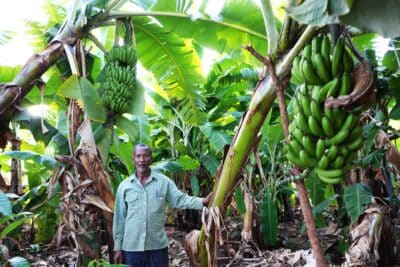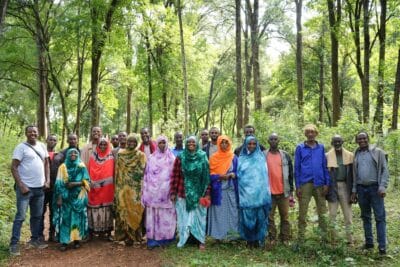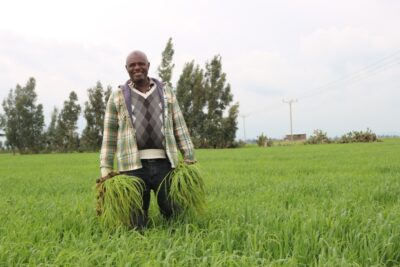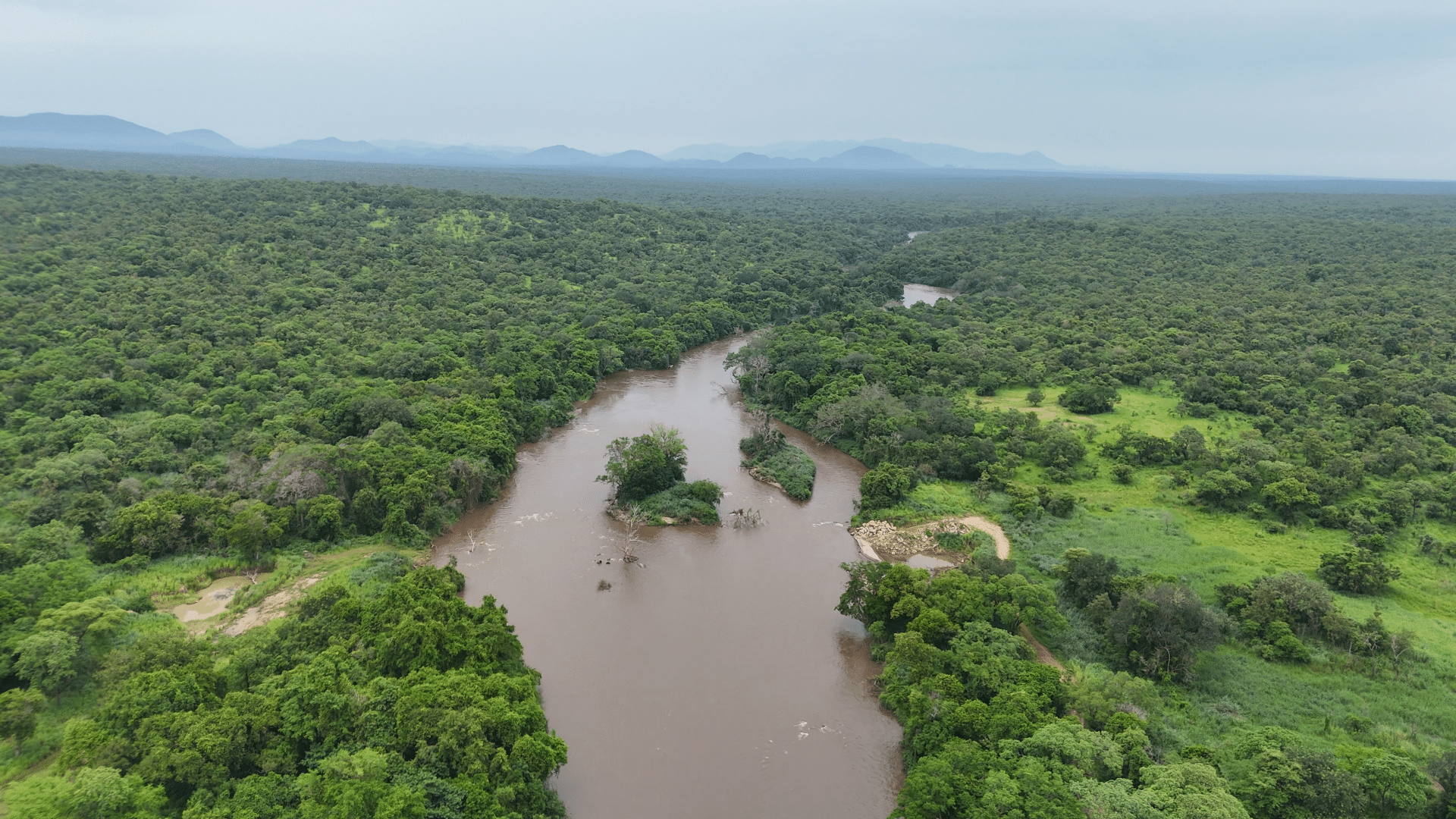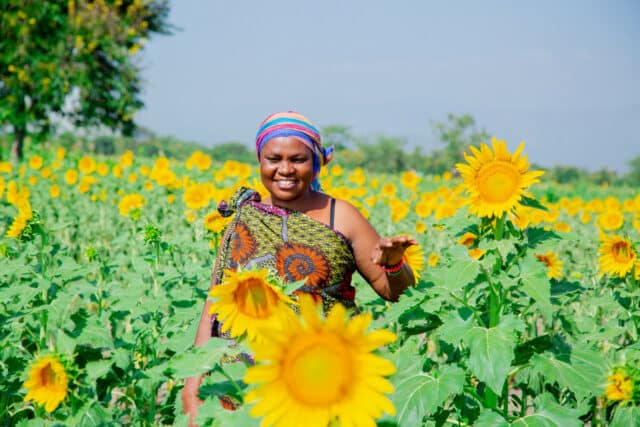News
Ethiopia
15 October 2025
UNESCO recognises Ethiopia’s Anywaa Biosphere Reserve

On 27 September, the Anywaa Biosphere Reserve, located in Gambella Regional State in Ethiopia, was recognised by UNESCO as a member of its World Network of Biosphere Reserves under the Man and the Biosphere (MAB) Programme, designed to show a sustainable relationship between people and nature.
The move marks a major step forward for nature-based conservation and community-led development in the country. With this designation, Anywaa Biosphere Reserve becomes Ethiopia’s sixth biosphere reserve and takes its place in a global network of over 700 UNESCO sites that serve as ‘living laboratories’ for sustainable development.
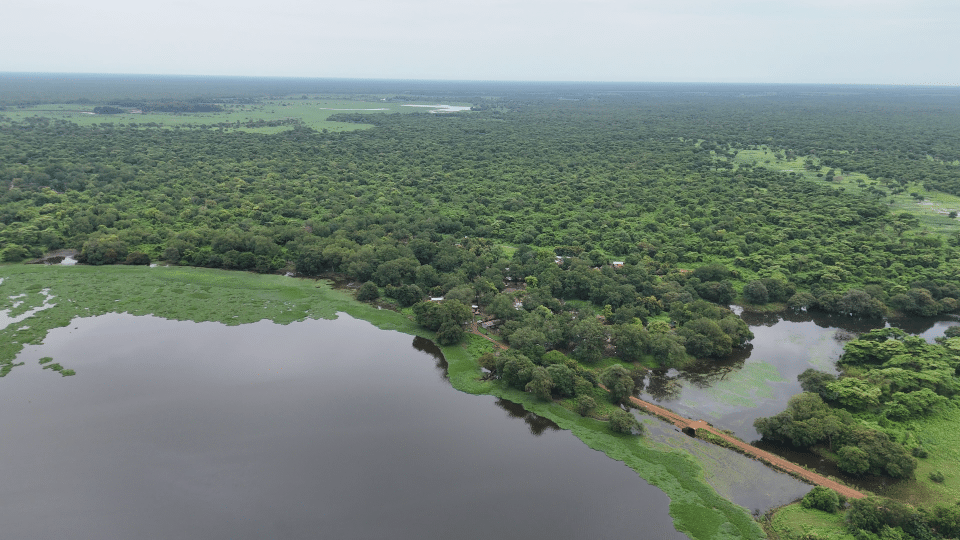
Collaborating for a sustainable future
The milestone achievement was made possible through a collaborative effort facilitated by the Nature-based solutions for sustainable and inclusive development (NSSID) programme, which is led by Farm Africa with funding from the Embassy of Sweden.
The programme promotes nature-based solutions that restore landscapes, boost resilience to climate change and improve livelihoods in Ethiopia.
Collaborators included NSSID programme partner MELCA Ethiopia, the Government of Ethiopia, the Gambella Regional State, the Ethiopian Biodiversity Institute, the Anywaa Zone Administration and, most importantly, local communities.
A mosaic of people and nature
The Anywaa Biosphere Reserve is a living example of how people and nature can thrive together. Spanning 1.8 million hectares, it is a rich tapestry of forests, rivers and grasslands as well as home to 187,000 people. Here’s a glimpse:
An ecological treasure
Ecologically, the reserve is of extraordinary value.
Within its boundaries lie six distinct ecosystems, including wooded grasslands, afromontane forest, riverine vegetation and floodplains. Together they support over 1,000 plant species, 69 mammal species, 327 bird species and 113 fish species, many globally threatened or found nowhere else on Earth.
Crucially, the reserve connects Ethiopia’s Gambella National Park, regional parks and wildlife reserves with South Sudan’s Boma National Park, providing a vital wildlife corridor.
Anywaa is also one of Africa’s most water-rich regions. Its rivers – the Baro, Akobo, Gilo and Alwero – feed into South Sudan’s Sobat River and also the Nile. Alwero dam alone supplies up to 40% of the Nile’s waters.
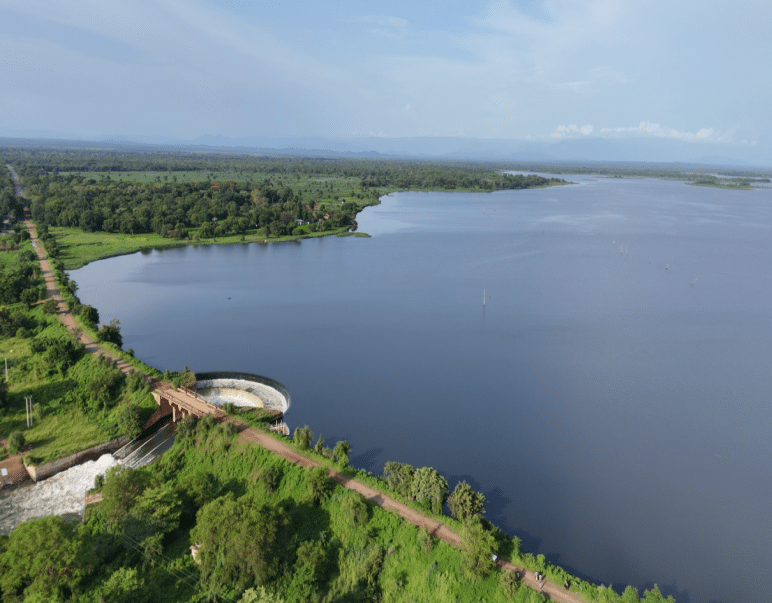
A global win for local communities
The UNESCO registration is a victory for both the region’s wildlife and the people who live here.
The reserve’s management plan was designed with the Anywaa people at the centre. Through community consultation and collaboration, a zonal system has been developed, defining core protected natural areas while allowing sustainable use of surrounding lands for farming, fishing and other livelihood activities.

“This recognition affirms Ethiopia’s leadership in safeguarding biodiversity while honouring the wisdom of local people who have protected these landscapes for generations. We are proud to be part of this journey, and we remain committed to working hand in hand with relevant stakeholders and partners to ensure the Biosphere Reserve thrives as a model of harmony between people and nature."
Solomon Kebede
CEO of MELCA Ethiopia, an NSSID programme partner
A model for sustainability
The UNESCO designation highlights the reserve as a flagship example of how biodiversity conservation and local livelihood development can be successfully combined.
For Shewit Emmanuel, Country Director of Farm Africa in Ethiopia, it’s a green light for the nature-based approach to sustainable development: “This designation inspires us to design further initiatives that promote sustainable livelihoods and the conservation of biodiversity.”

Learn more about the Nature-based solutions for sustainable and inclusive development programme.
